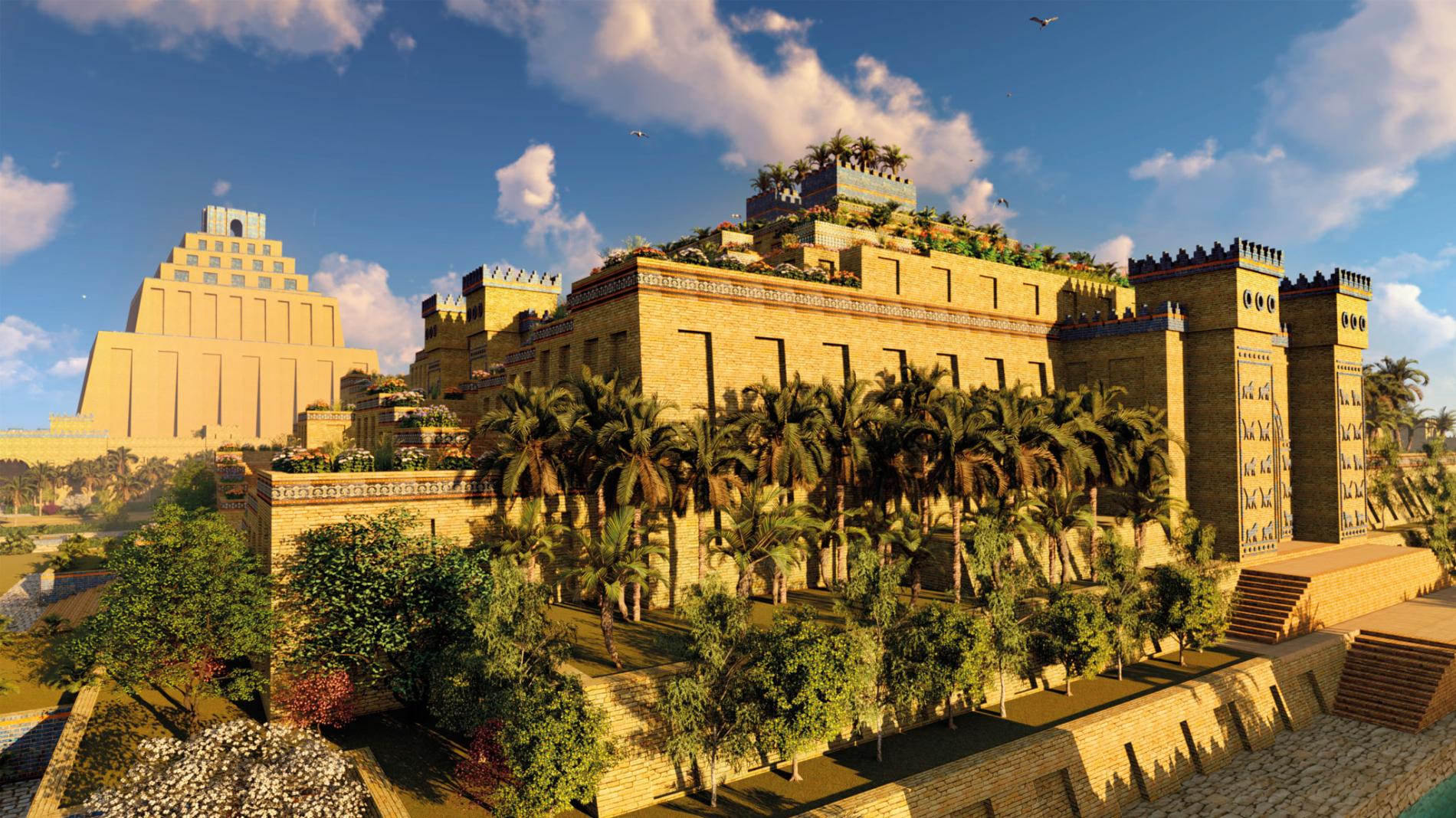The world’s first building codes were put in action in ancient Babylon by King Hammurabi around 1754 BCE. The codes were a subset of the larger Code of Hammurabi and were designed to regulate the construction of buildings in the city of Babylon. These codes emerged from a time of great social and economic change in Babylon. The city* was rapidly expanding, and the construction of new buildings was essential for accommodating the growing population.
Famously, building unsafe buildings carried “risk” to the builder:
“If a builder builds a house for someone, and does not construct it properly, and the house which he built falls in and kills its owner, then that builder shall be put to death.” (Law 229, Sacred Texts)
Fast forward 3700 years and construction litigation is Big Business. According to research by one of the first names in construction dispute research (Arcadis) the the average cost of construction disputes in North America is $19.6 million with an average length of was 15.2 months (2020 data).
When university-affiliated healthcare facilities are included in the count, the education industry is the largest non-residential building construction market in the United States at about $100 billion every year.
We meet at the usual time today for a status check on public commenting opportunities on best practice titles that set the standard of care for designing, building and operating the physical spaces of education communities. In the past we have limited our coverage to the International Code Council suite. Today we expand our interest to other model building codes; a few of them listed below:
Minimum Design Loads and Associated Criteria for Buildings and Other Structures (7-16)
Building Construction and Safety Code
National Building Code of Canada
To a surprising degree these bodies borrow safety concepts from one another; owing to field experience, technological changes. response to government regulation regarding disasters and accessibility, among others. Some of the concepts we have been tracking:
Use of education facilities as storm shelters
Occupancy classifications
Carbon monoxide detection and alarms
Electric vehicle power supply from new buildings
Daylight responsive lighting controls
Scope of work in alterations
Enhanced classroom acoustics
Security (door locking, access, etc.)
Assemblies, laboratories, sport facilities, etc, etc, etc.
(Plenty to do)
We will pick through the transcript of the ICC Group B Public Comment Monograph to estimate the state of the debate ahead of this month’s meetings in Lexington:
Our meeting today at 11 AM/ET is open to everyone. Use the login credentials at the upper right of our home page.
LEARN MORE:
Videography:
How is occupant load determined by the Life Safety Code
ADA Size and Clearance Requirements for Doors
Birth of Building Codes: Building Code of Hammurabi
Cambridge University Press: Roman Builders – A Study in Architectural Process
* The modern-day name of Babylon is Al Hillah, which is a city in central Iraq, about 85 kilometers south of Baghdad. It is located on the east bank of the Euphrates River and was once an important cultural and political center in ancient Mesopotamia.









